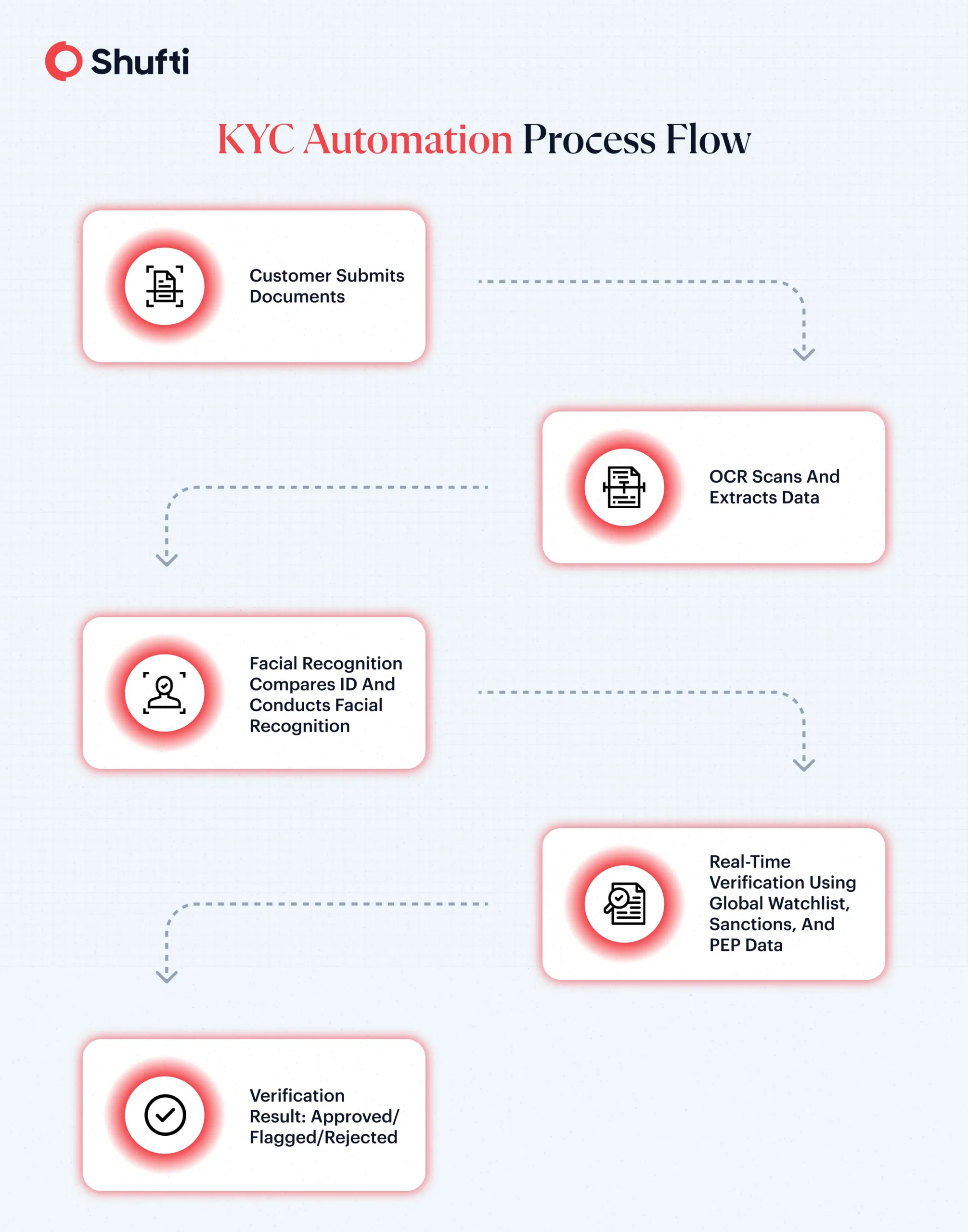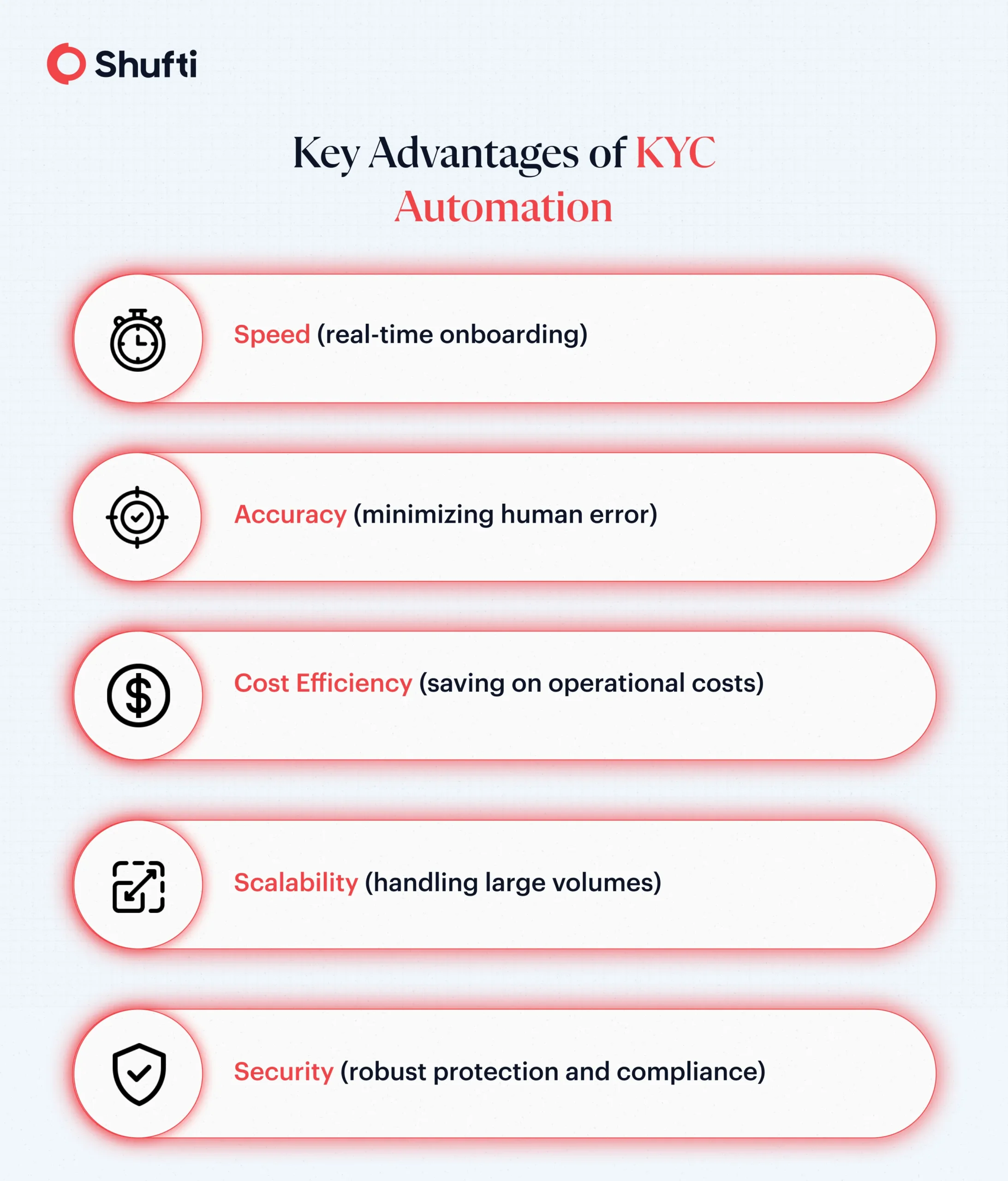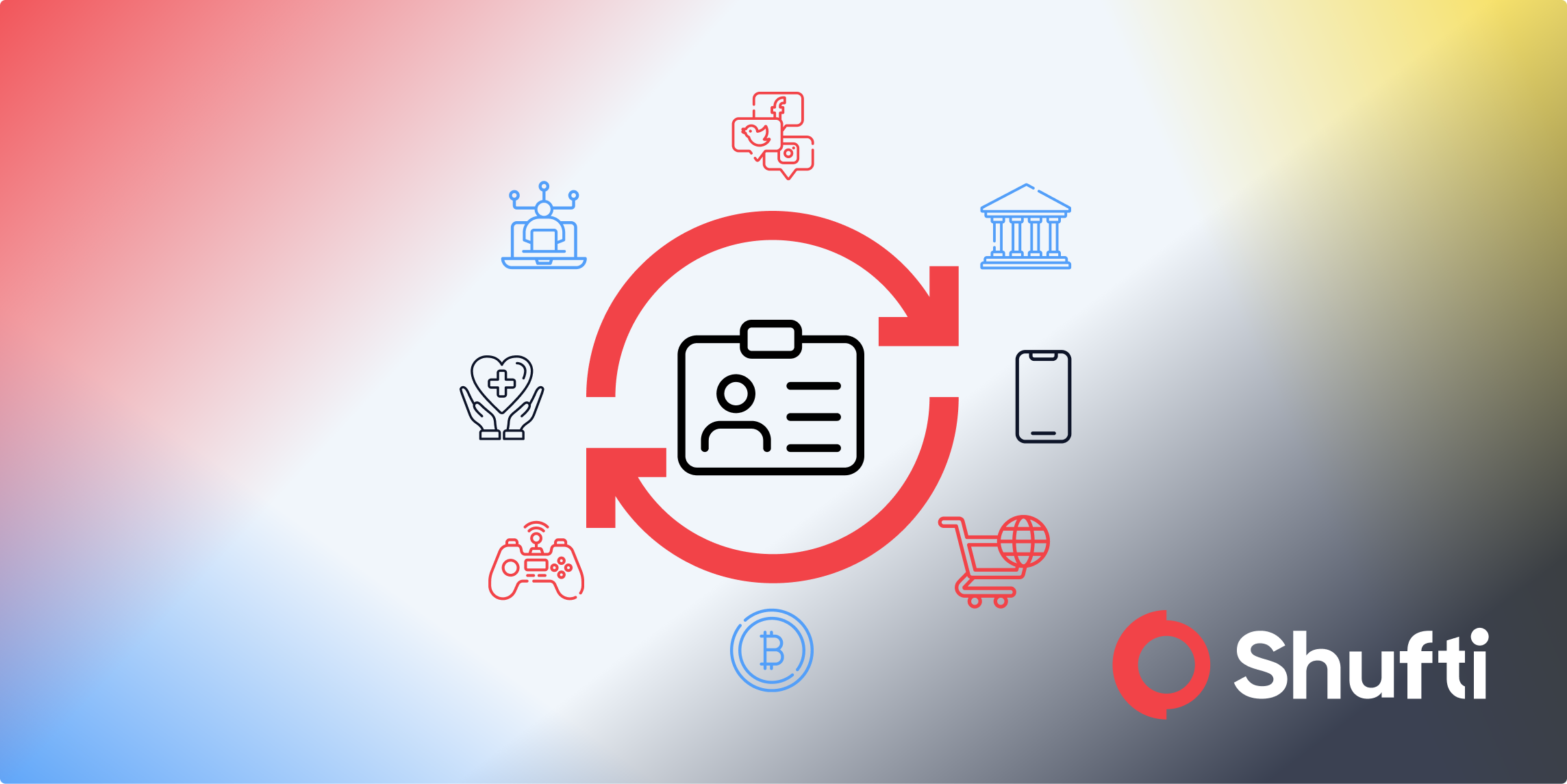How Does KYC Automation Revolutionize Compliance

KYC reviews are one of the most resource-intensive processes in the fight against financial crime. The resources required for identification, verification, risk assessments, and periodic reviews, ranging from annual to event-specific actions, render the entire KYC process a costly exercise.
A survey of 10 Domestic Systemically Important Banks (D-SIBs) in Western Europe found that financial institutions employ 10% of their workforce in a financial crime department. Given the vast amount of illicit funds that flow through the financial system each year, banks are increasingly relying on accurate Know Your Customer (KYC) reviews throughout their relationship with the customer.
However, most institutions still rely on heavily manual KYC processes. Financial institutions spend significant amount of funds to establish entire KYC frameworks, but they have struggled to innovate the process beyond a manual, resource-intensive method that complies with regulators.
The solution to this monotonous and expensive exercise is to automate. While some financial institutions have automated individual aspects of the KYC process, the adoption of end-to-end automation is rare. Certainly, the banks that have automated their entire KYC process report a marked improvement in effectiveness, regulatory compliance, and perhaps most importantly, a significant decrease in costs.
What is KYC?
KYC is a process by which financial institutions verify the identity of their customers to ensure that they are not involved in illicit financial activities. As a common regulatory requirement in multiple jurisdictions, the KYC process also continuously monitors the customers to assess risk over time.
A typical KYC process includes:
- The customer submits official identity documents (Passport, Utility bills, Social Security Number)
- Verification of the submitted identity documents
- Background checks (Sanctions list, Watchlists, PEP status) to determine risk level.
- Ongoing customer due diligence as per risk level.
This extensive exercise may seem reasonable for a few individuals. However, when this exact process is extended to manual KYC reviews for thousands of individuals simultaneously, it demands significant resources and decreases efficiency by a great margin.
What are the challenges of Manual KYC Reviews?
For resource-intensive KYC reviews, common pain points identified by financial institutions are:
- Inconsistency in KYC Reviews:
Manual KYC reviews carry with them the risk of inconsistent results. Compliance agents may differ in their approach towards handling the same type of query.
For instance, one agent may have a keen eye for detail that another agent does not. This disparity results in customers having different experiences on the same platform.
- Friction in Customer Onboarding Experience:
Customer onboarding can take a long time to process their data when done manually. Coupled with other ancillary issues, such as human errors in data documentation, the overall customer experience during onboarding is likely to be negative.
If the first step of the customer’s journey with the financial institution leaves a bad impression, it will negatively impact the institution’s image and may even drive potential customers away.
- Time-Consuming and Labour-Intensive:
Manually reviewing KYC for each customer significantly increases the time it takes to collect and verify customer data.
Consequently, as the customer base grows, financial institutions typically need to hire more agents to keep up with manual KYC reviews.
- Increased risk of Human Error in Manual KYC:
Many institutions still use the practice where agents reach out to customers to collect identity data and documents, which is then manually recorded in KYC workflows.
This error-prone process can cause clerical mistakes, leading to recording wrong identity details and missing key risks or disproportionate due diligence application.
- Challenges in Scaling with Manual KYC Processes:
As a financial institution expands, the increase in its customer base can require it to run hundreds of KYC checks simultaneously. Manually reviewing such a large number of customers simultaneously creates several bottlenecks and creates a bad customer experience.
- Data Security Risks in Manual KYC Review:
Manual KYC processes routinely involve data handling by multiple human compliance agent teams. If such employees do not take the necessary precautions, bad actors can gain access to sensitive customer information.
A clear, end-to-end automated KYC process can help financial institutions directly address these pain points.
What is KYC Automation?
Automating KYC refers to the use of technology to automate the identity verification and risk assessment process. KYC automation technology uses machine learning and artificial intelligence tools such as OCR, facial recognition, and document verification to collect, verify, and document customer data.
Institutions with established KYC automation systems report that the average period review time for customers can now be completed in a fraction of the time required for manual reviews.
Although some financial institutions do automate individual processes in the KYC review, the pain points identified above can only be directly addressed with an end-to-end KYC automated tool.
Certainly, efficient case-handling times and increased automation directly lead to benefits:
- Uniform Standard of KYC Review:
Given that the parameters of the KYC automation solutions are correctly set, automation can lead to a standardized review process that outputs better quality results than manual processes.
Additionally, automation reduces human error by a noticeable margin, giving the results greater credibility and accuracy.
- Enhanced Customer Experience:
An automated customer outreach process can also improve customer experience. With digital interactions between customers and financial institutions streamlined, customer experience usually improves with easy-to-answer questions.
A simplified, user-friendly onboarding process can also reduce the time required to access financial services, enabling financial institutions to onboard customers at a faster rate than before.
- Major reduction in KYC operational cost:
Fully automating the KYC process allows for freeing resources and directing them to important tasks, such as reviewing flagged cases.
With important resources directed elsewhere, the automated KYC process greatly improves efficiency, operational costs, and workflow management.
Based on the scale of automation and the extent of customer profiles placed under this system, banks have reduced the amount of time required for KYC by 20-30 percent.
- Enables Uninterrupted Scalability:
End-to-end automation of the KYC process enables financial institutions to grow their business without the roadblocks created in manual KYC reviews.
For instance, the automated KYC tool can process multiple KYC reviews simultaneously, faster than manually reviewing each case.
- Improved Data Security:
Unlike manual KYC reviews, automated KYC solutions enable data security measures such as encryption, identity access management, and real-time monitoring of the KYC automation tool.
Such measures allow financial institutions to limit vulnerabilities and develop a closed system that can only be accessed by authorized individuals.
- Employee Satisfaction:
Automating the entire KYC process frees employees from the tedious, manual task of collecting and documenting large amounts of customer data in the system. This freed-up time allows employees to direct their efforts elsewhere, such as on manual review alerts generated by the system.

What Do You Need To Automate KYC Processes?
An effective end-to-end KYC automation solution is built on multiple key components:
- Defining the Criteria for Automation:
The foundation of a successful automated KYC process lies in establishing guidelines for which customer files are eligible for automation. Typically, low-risk customers and straightforward transactions are good candidates for automation. Institutions can use criteria such as customer type (e.g., retail, private wealth), risk profile, and account type to determine eligibility for automated review.
For example, retail banking customers with low risk factors may be processed fully automatically, while higher-risk segments, like complex business accounts, would require human intervention.
Setting such parameters early allows financial institutions to prioritize their resources efficiently.
- Determining Requirements for Data Completeness:
For automation to work seamlessly, customer data must be accurate, complete, and up to date. Incomplete data will lead to inaccurate KYC reviews, potentially compromising compliance.
A good automated KYC solution starts with ensuring all necessary fields, such as personal identification details, transaction histories, and risk-related information, are collected and verified.
Based on the institution’s risk model, fields may include the name and address, as well as behavioral fields like transaction volume and source of funds of the customer.
Only when the data is fully validated can the system confidently process a customer file without any human intervention.

- Establishing Rules for Reviews:
To increase efficiency. Institutions need to set some rules tailored to their needs. This involves setting parameters for acceptable activity (e.g., transaction limits and the frequency of fund transfers) and determining when a case should be flagged for manual review. The rules can include clear conditions like “no foreign transfers in the past 12 months” or “source of funds below a certain threshold”.
Such guidelines ensure that only legitimate, low-risk customers are automatically reviewed, with suspicious behavior triggering an alert for manual review.
The use of these core components can lead to an efficient, regulatory-compliant KYC review process. With KYC automation software, financial institutions can improve customer onboarding, reduce risk, and grow their business.
How Shufti Simplifies End-to-End KYC Automation for Businesses
A fully automated end‑to‑end KYC process enables institutions to unlock operational agility and ensure compliance. With Shufti’s automated KYC solution, financial institutions, banks, and fintechs can elevate identity verification from a manual chore to an automated system through:
- OCR‑driven document data extraction – no more manual re‑keying of customer ID documents.
- Biometric verification – real‑time match between live image, ID photo, and liveness check.
- Authenticated document & ID verification – instant validation of documents and identity credentials.
- Global watch‑list screening and risk‑based workflows – automated escalation when suspicious behaviour is detected.
Together, these modules form a unified workflow. That means institutions can reduce handling time, curtail compliance overhead, and meet regulatory expectations with confidence.
Get in touch with one of our specialists today to discover how we can streamline your KYC processes and drive efficiency for your business.










